Facilitator Role
One of the most innovative aspects of the ARTS ACHIEVE research model was the pairing of each treatment school arts teacher with a ‘facilitator.’ The project called for these partners to work together in the teacher’s classroom 20-22 times per year in two of the three classes participating in the biannual assessments. A prep period, scheduled adjacent to these two treatment classes, allowed teacher and facilitator to engage in reflection and discussions that were documented in an ongoing Implementation Log.
Approximately 25 facilitators participated each year across the four disciplines. Many facilitators worked with only one teacher, but others partnered with two or three teachers in different sites. Most of the facilitator/teacher relationships were continuous for all three years of implementation. The way these relationships developed over the course of the project was rich with discovery for everyone involved.
The Facilitator Cohort
During the planning year 92Y/DEL, Weill Music Institute, ArtsConnection, and Studio each enlisted a group of their own teaching artists to work with the treatment arts teachers in their discipline. These teaching artists are typically sent into schools by their cultural organizations to work directly with students during the school day. However, for ARTS ACHIEVE, these teaching artists instead acted as 'facilitators,' supporting their partner teachers as a critical friend. This could take several forms, including:
A theater teacher and facilitator demonstrate a scene for their class.
- Observing and providing feedback
- Serving as a sounding board
- Helping with technology or classroom management
- Collaborating on lesson or curriculum planning
- Assisting the teacher in interpreting data
- Posing questions to help the teacher clarify goals
- Modeling a teaching method, when invited to do so
In order to be effective, facilitators had to develop a keen sensitivity about when to step up and when to step back. Ongoing internal discussion helped clarify the parameters of this new role.
Interpreting Data as a Team
It was not uncommon for student data to cause some discomfort among the teachers. Learning gaps revealed by the arts performance assessments were at times a complete surprise to teachers and could elicit insecurity or defensiveness about their pedagogy. It fell to the facilitators to encourage their partner teachers to focus instead on their students, and to engage them in the exciting work of inquiry and action research in the classroom. As a team, teacher and facilitator planned instruction with embedded formative assessment to directly address the gaps revealed by the arts performance assessment data. Measuring day-to-day student progress in this organic way, combined with data from the biannual summative assessments, provided a feedback loop of information for further refining instruction.
Thus, a consistent form of classroom support evolved, in which the arts teachers could rely on having regular access to a fellow artist-teacher with deep understanding of their curriculum and students – someone to lean on, confide in, and brainstorm with. Since an arts teacher is often the only person in their school teaching their subject, this partnership proved an invaluable resource for many.





